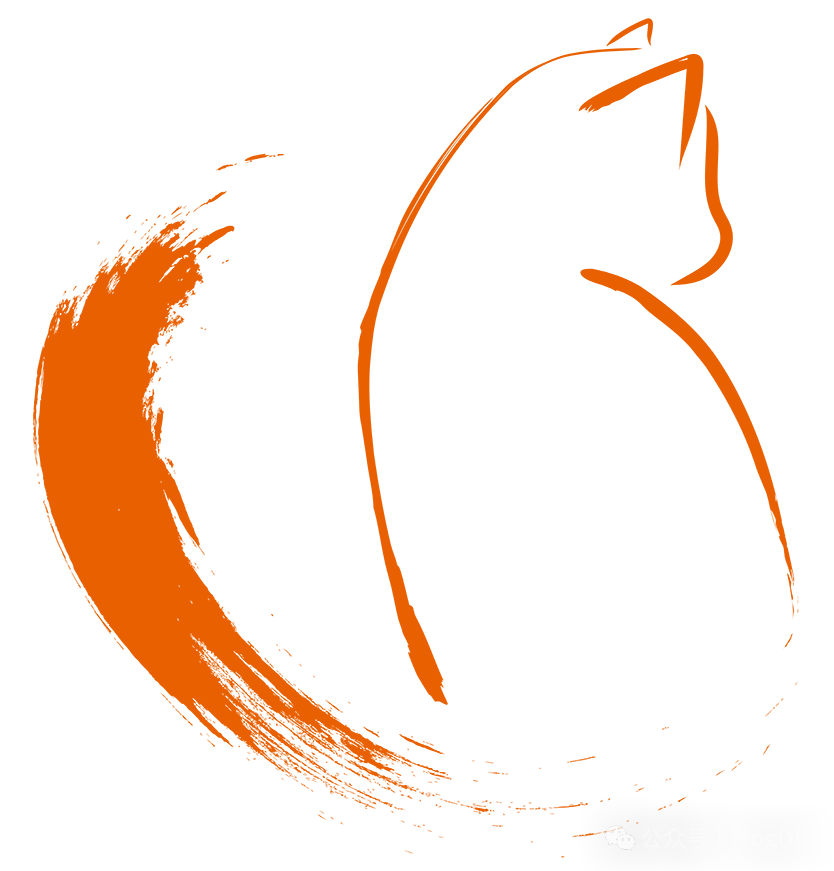
参考示例

orcl=> explain analyze select count(*)from test01 t1where t1.data_object_id =(select data_object_idfrom test02 t2where t1.object_id = t2.object_id);QUERY PLAN-------------------------------------------------------------------------------------------------------------------------------------------------------------------Aggregate (cost=369500968.48..369500968.49 rows=1 width=20) (actual time=122494.785..122494.785 rows=1 loops=1)-> Seq Scan on test01 t1 (cost=0.00..369500411.84 rows=222656 width=12) (actual time=0.912..121981.180 rows=4696064 loops=1)Filter: (data_object_id = (SubPlan 1))Rows Removed by Filter: 39841280SubPlan 1-> Index Scan using idx_test02_objectid on test02 t2 (cost=0.00..8.27 rows=1 width=6) (actual time=94019.753..99841.735 rows=44537344 loops=44537344)Index Cond: (t1.object_id = object_id)Total runtime: 122494.942 ms(8 rows)复制
test01 t1是大表,有4000多万行数据; 子查询test02 t2没有被提升(Oracle的说法是没有被展开),走了filter,被扫描了4000多万次; 整个SQL查询耗时122秒,性能较差。
orcl=> explain analyze select *+ set(rewrite_rule uniquecheck) */ count(*)from test01 t1where t1.data_object_id =(select data_object_idfrom test02 t2where t1.object_id = t2.object_id);QUERY PLAN---------------------------------------------------------------------------------------------------------------------------------------------Aggregate (cost=1467229.99..1467230.00 rows=1 width=8) (actual time=10758.577..10758.577 rows=1 loops=1)-> Hash Join (cost=5660.88..1467225.97 rows=1608 width=0) (actual time=66.574..10424.858 rows=4696064 loops=1)Hash Cond: ((t1.object_id = subquery."?column?") AND (t1.data_object_id = subquery.data_object_id))-> Seq Scan on test01 t1 (cost=0.00..1227776.53 rows=44531153 width=12) (actual time=0.003..3561.282 rows=44537344 loops=1)-> Hash (cost=4356.08..4356.08 rows=86987 width=12) (actual time=65.462..65.462 rows=9172 loops=1)Buckets: 131072 Batches: 1 Memory Usage: 1427kB-> Subquery Scan on subquery (cost=2616.34..4356.08 rows=86987 width=12) (actual time=33.027..54.531 rows=86987 loops=1)-> HashAggregate (cost=2616.34..3486.21 rows=86987 width=12) (actual time=33.025..47.518 rows=86987 loops=1)Group By Key: t2.object_idUnique Check Required-> Seq Scan on test02 t2 (cost=0.00..2398.87 rows=86987 width=12) (actual time=0.005..9.467 rows=86987 loops=1)Total runtime: 10758.989 ms(12 rows)复制
orcl=> insert into test02 select * from test02;INSERT 0 86987orcl=> explain analyze select /*+ set(rewrite_rule uniquecheck) */ count(*)from test01 t1where t1.data_object_id =(select data_object_idfrom test02 t2where t1.object_id = t2.object_id);ERROR: more than one row returned by a subquery used as an expression复制
orcl=> explain analyze select count(*)from test01 t1where t1.data_object_id =(select max(data_object_id)from test02 t2where t1.object_id = t2.object_id);QUERY PLAN------------------------------------------------------------------------------------------------------------------------------------------------Aggregate (cost=1470319.09..1470319.10 rows=1 width=8) (actual time=10345.027..10345.027 rows=1 loops=1)-> Hash Join (cost=8749.93..1470315.02 rows=1628 width=0) (actual time=122.192..10044.758 rows=4696064 loops=1)Hash Cond: ((t1.object_id = subquery."?column?") AND (t1.data_object_id = subquery.max))-> Seq Scan on test01 t1 (cost=0.00..1227776.53 rows=44531153 width=12) (actual time=0.007..3708.561 rows=44537344 loops=1)-> Hash (cost=7428.51..7428.51 rows=88095 width=38) (actual time=120.853..120.853 rows=9172 loops=1)Buckets: 131072 Batches: 1 Memory Usage: 1427kB-> Subquery Scan on subquery (cost=5666.61..7428.51 rows=88095 width=38) (actual time=79.485..110.452 rows=86987 loops=1)-> HashAggregate (cost=5666.61..6547.56 rows=88095 width=44) (actual time=79.483..103.440 rows=86987 loops=1)Group By Key: t2.object_id-> Seq Scan on test02 t2 (cost=0.00..4796.74 rows=173974 width=12) (actual time=0.007..20.196 rows=173974 loops=1)Total runtime: 10345.491 ms(11 rows)复制
关于作者
END
MogDB 是云和恩墨基于 openGauss 开源内核进行增强提升,推出的一款安稳易用的企业级关系型数据库。其具备金融级高可用和全密态计算的极致安全、面向多核处理器的极致性能、AI自诊断调优的极致智能能力,能够满足从核心交易到复杂计算的企业级业务需求。
访问官网了解更多:www.mogdb.io
产品兼容适配申请:partner@enmotech.com
进入交流群:Roger_database


文章转载自MogDB,如果涉嫌侵权,请发送邮件至:contact@modb.pro进行举报,并提供相关证据,一经查实,墨天轮将立刻删除相关内容。






